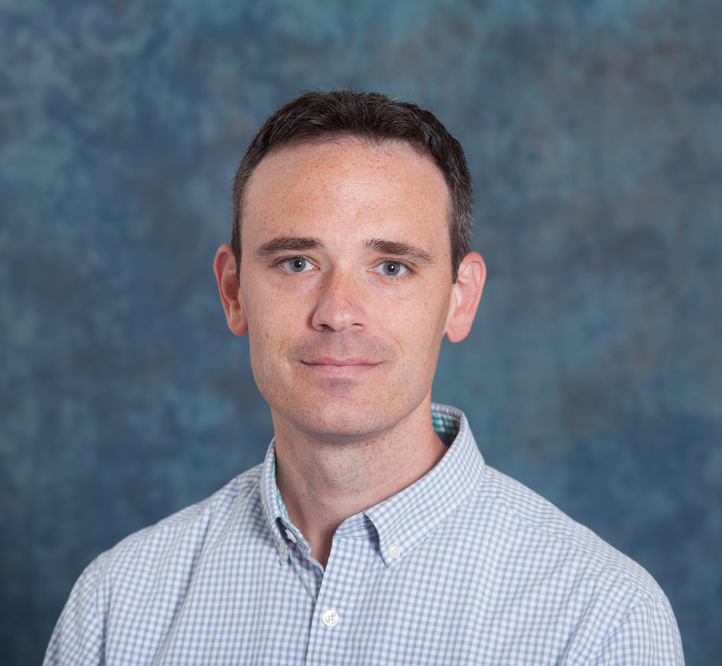
15 Jul TSRC: Town Talk, Solar Power
Professors Chad Risko and Natalie Stingelin speak at the Telluride Conference Center, Tuesday, July 11, 6 p.m., part of Telluride Science Research Center’s (TSRC) Town Talks in Mountain Village. Their subject: solar energy and retrieval. Admission is free; a cash bar opens at 5:30 p.m.

Professor Risko
What if there were a virtually endless energy source right at our fingertips?
And what if that source blasted the Earth with so much energy everyday that harvesting just a fraction could meet nearly all our energy demands?
Further, unlike fossil fuels, that energy source should never run out and its negative impacts on our planet are minimal.
Such an obvious solution to an extremely complex problem sounds like science fiction – but it is not.
It’s real.
It is solar.
Yes, we have used solar power for some time now, but there is still a great deal of work to be done with regard to how to best capture the sun’s energy.
Much of that work focuses on the materials being used for capture and conversion.
Professor Risko, an assistant professor of chemistry at the University of Kentucky and Stingelin, a professor in the School of Materials Science and Engineering at the Georgia Institute of Technology, are at the forefront of that research.

Professor Natalie Stingelin
“Global energy demands are rising dramatically,” explained Professor Risko, “and the fact that most energy today comes from fossil fuels means the need for energy from renewable resources is only becoming more important. To collect even a small fraction of the energy from the sun would help to solve not only our current, but our future energy demands as well.”
You may have driven by the array of solar panels at the west end of San Miguel County and wondered what they are made up of. Like everything else on Earth, the unique properties of solar panels— particularly the ability to capture and convert the sun’s energy—are derived from those materials and the atoms and molecules that comprise them.
Although the focus if their work is much the same, Risko and Stingelin approach the challenge very differently.
“Both of us study polymers or, in other words, plastics,” explained Risko, “we just study them on two somewhat different scales. While I try to understand these materials on an atomic and molecular level, Professor Stingelin focuses more on the characteristics of these polymers on a larger scale.”
The decision to approach the research from two different perspectives was by no accident. Rather, the two scientists recognized that different approaches to the challenge of capture and conversion would, in the end, be more productive.
Differences in scientific backgrounds is not the only thing these two professors want to emphasize however. Cultural diversity also often works in their favor.
Professor Risko, who is originally from the United States, explained “in this era of globalization, science is not only done through collaboration between people from different disciplines, but also among people from all over the world.”
Professor Stingelin is originally from Switzerland.
In this week’s TSRC Town Talk – “New Materials for Solar Energy Capture and Conversion” – Risko and Stingelin will explore developments in the materials used in solar energy capture from two distinct perspectives.
To learn more about the future of solar energy, come to the Talk on Tuesday, July 18, 6 p.m., at the Telluride Conference Center.
The cash bar opens at 5:30 p.m.
Admission is free.
TSRC Town Talks are a series of weekly talks for the public in Telluride, sponsored by the nonprofit Telluride Science Research Center. Over 1,400 scientists from all over the world come to Telluride each year to discuss new ideas and build research partnerships. To learn more about TSRC and its current work go to www.telluridescience.org.


Sorry, the comment form is closed at this time.